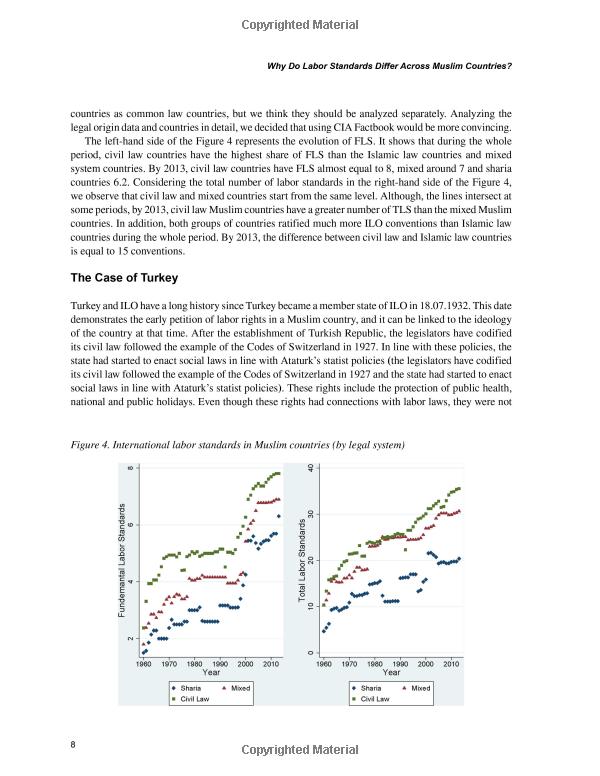### Understanding What is a Loan in Forbearance: A Comprehensive Guide for Borrowers
#### What is a loan in forbearance?A loan in forbearance refers to a temporary agreement between a borrower and a lender that allows the borrower to pause o……
#### What is a loan in forbearance?
A loan in forbearance refers to a temporary agreement between a borrower and a lender that allows the borrower to pause or reduce their loan payments for a specific period. This arrangement is often made in response to financial hardship, such as job loss, medical emergencies, or other unforeseen circumstances that make it difficult for the borrower to meet their regular payment obligations. During the forbearance period, the lender typically agrees to suspend or lower payments without reporting the missed payments to credit bureaus, which can help protect the borrower’s credit score.
#### The Importance of Forbearance
Forbearance can be a critical lifeline for borrowers facing temporary financial difficulties. It provides them with the breathing room they need to stabilize their finances without the immediate pressure of making full loan payments. This can be especially important in situations where borrowers are experiencing a temporary loss of income or an unexpected expense that disrupts their financial stability.
#### How Forbearance Works
When a borrower applies for forbearance, they must provide documentation of their financial situation to the lender. This may include proof of income, expenses, and any other relevant financial information. Once the lender reviews the application and determines that the borrower qualifies for forbearance, they will outline the terms of the agreement, including the duration of the forbearance period and any changes to the repayment schedule.

It's important to note that while forbearance allows borrowers to temporarily stop making payments, the interest on the loan may continue to accrue during this time. This means that once the forbearance period ends, the borrower may have a larger balance to repay than they did before entering forbearance. Some lenders may offer options to defer the missed payments to the end of the loan term, while others may require the borrower to make up the missed payments in a lump sum or through adjusted monthly payments.
#### Pros and Cons of Forbearance
Like any financial decision, entering into forbearance has its advantages and disadvantages.
**Pros:**
- **Temporary Relief:** Forbearance provides immediate financial relief, allowing borrowers to focus on other pressing financial obligations.
- **Credit Protection:** Since lenders typically do not report missed payments during forbearance, borrowers can safeguard their credit scores.
- **Flexibility:** Borrowers can negotiate the terms of forbearance with their lenders, which may include options for repayment after the forbearance period ends.
**Cons:**
- **Accrued Interest:** Interest may continue to accrue during forbearance, leading to a larger total loan amount that must be repaid.
- **Potential for Higher Payments:** Once the forbearance period ends, borrowers may face higher monthly payments if they are required to make up missed payments.

- **Limited Availability:** Not all loans are eligible for forbearance, and the terms can vary significantly between lenders.
#### Conclusion
Understanding what is a loan in forbearance is crucial for borrowers facing financial challenges. It can provide much-needed relief during tough times, but it's essential to carefully consider the terms and potential long-term implications of entering into a forbearance agreement. Borrowers should communicate openly with their lenders, explore all available options, and seek financial advice if needed to make informed decisions about their loan repayment strategies.